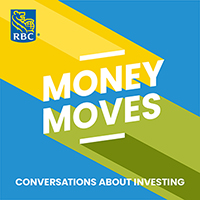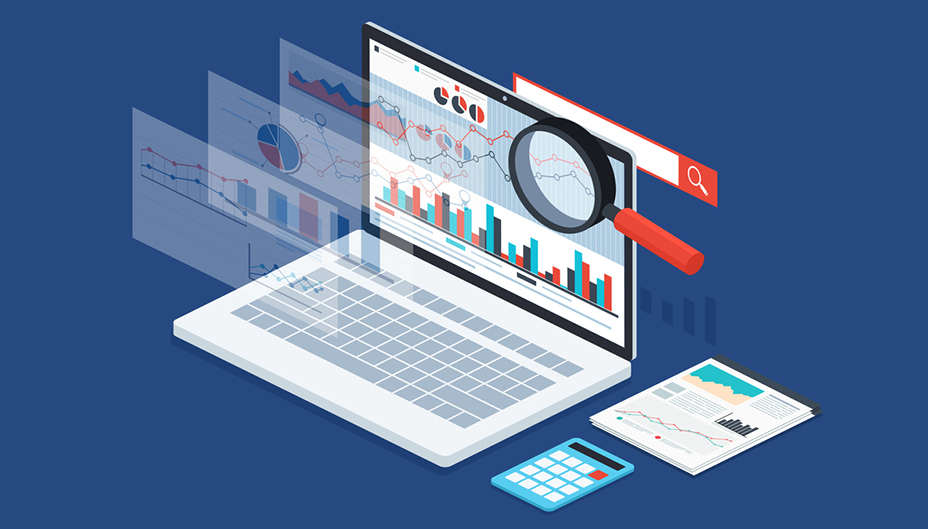3 Steps to Thinking Like an Equity Analyst
Written by The Content Team
Published on March 25, 2020
minute read
Share:
In another life, RBC Direct Investing president and CEO John Bai was an equities analyst. Having worked on both the sell side (think: investment banks and brokerages) and the buy side (think: pension or mutual funds), he has decades of experience analyzing and trading stocks. In a recent interview with Melissa Leong on the Money Moves podcast on the Globe and Mail's website, John distilled his store of equity investing knowledge into three basic steps.
1. Determine your objectives.
Consider what you're investing toward. Maybe it's a long-term goal, like retirement income; maybe it's a short-term one, like next year's vacation. Take these things into consideration at the onset. “Once you adopt a mindset and determine your objective, I think it's going to push you into investing in a certain way," he says. Think about risk, adds John. “Do you have $10,000 that you are prepared to lose outright in the first 60 days? Do you want to make investments that your grandmother or grandfather would be happy with?" Ask yourself questions like these to find your risk sweet spot and work within it.
2. Learn how to pick 'em.
Stock selection is not rocket science – anyone can get informed if they put in the effort. “Analysts will take the time to go to the websites of the companies they are considering investing in," John explains. “They read the documents that no one else will, like the 400-page annual report," he adds, admitting it can be tedious. “It's not feasible for a lot of people to spend that kind of time researching companies, but it's a good marker to what type of work is necessary to become at least a marginally educated analyst." For a shorthand version, he suggests reading analysts' reports, which summarize the key events. It's a good starting place for contemplation, he notes. “You'll read something and think, okay, this is interesting. Do I want to invest in that type of company?" Another way to narrow down your choices is by looking through a specific lens, such as environment, social and governance (ESG).
3. Stick to your strategy.
“Not doing anything can sometimes mean actually doing something when it comes to investing," says John, who weathered the economic downturn of 2008 as a stock trader. “Your natural inclination when markets are going down is to sell everything, but as an analyst you end up with the ability to sift through the noise. With the diligence of actually doing your homework, if you've invested in a portfolio that you're comfortable with, you shouldn't be swung around by overall market volatility."
John summarizes the above three steps this way: “You have to do the work at the beginning and you have to do the work all along the way!"

To hear more of John's thoughts about doing your investing homework, managing a portfolio and more, check out “How to Think Like an Analyst," episode two of the Money Moves podcast, brought to your by RBC Direct Investing and the Globe and Mail.
RBC Direct Investing Inc. and Royal Bank of Canada are separate corporate entities which are affiliated. RBC Direct Investing Inc. is a wholly owned subsidiary of Royal Bank of Canada and is a Member of the Canadian Investment Regulatory Organization and the Canadian Investor Protection Fund. Royal Bank of Canada and certain of its issuers are related to RBC Direct Investing Inc. RBC Direct Investing Inc. does not provide investment advice or recommendations regarding the purchase or sale of any securities. Investors are responsible for their own investment decisions. RBC Direct Investing is a business name used by RBC Direct Investing Inc. ® / ™ Trademark(s) of Royal Bank of Canada. RBC and Royal Bank are registered trademarks of Royal Bank of Canada. Used under licence.
© Royal Bank of Canada 2025.
Any information, opinions or views provided in this document, including hyperlinks to the RBC Direct Investing Inc. website or the websites of its affiliates or third parties, are for your general information only, and are not intended to provide legal, investment, financial, accounting, tax or other professional advice. While information presented is believed to be factual and current, its accuracy is not guaranteed and it should not be regarded as a complete analysis of the subjects discussed. All expressions of opinion reflect the judgment of the author(s) as of the date of publication and are subject to change. No endorsement of any third parties or their advice, opinions, information, products or services is expressly given or implied by RBC Direct Investing Inc. or its affiliates. You should consult with your advisor before taking any action based upon the information contained in this document.
Furthermore, the products, services and securities referred to in this publication are only available in Canada and other jurisdictions where they may be legally offered for sale. Information available on the RBC Direct Investing website is intended for access by residents of Canada only, and should not be accessed from any jurisdiction outside Canada.
Explore More

5 Ways to Get More Out of Your RESP
How can you make the most of this investment vehicle? We explain.
minute read

There's an ETF for That!
Find out more about the options that are out there
minute read

ETF Trends from the RBC Capital Markets Trading Floor – May 2025
Here’s what we saw on the trading floor in May 2025
minute read
Inspired Investor brings you personal stories, timely information and expert insights to empower your investment decisions. Visit About Us to find out more.







